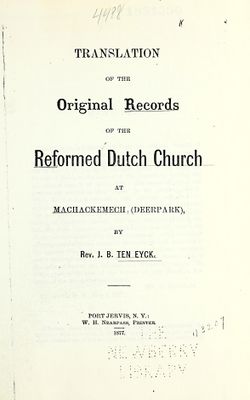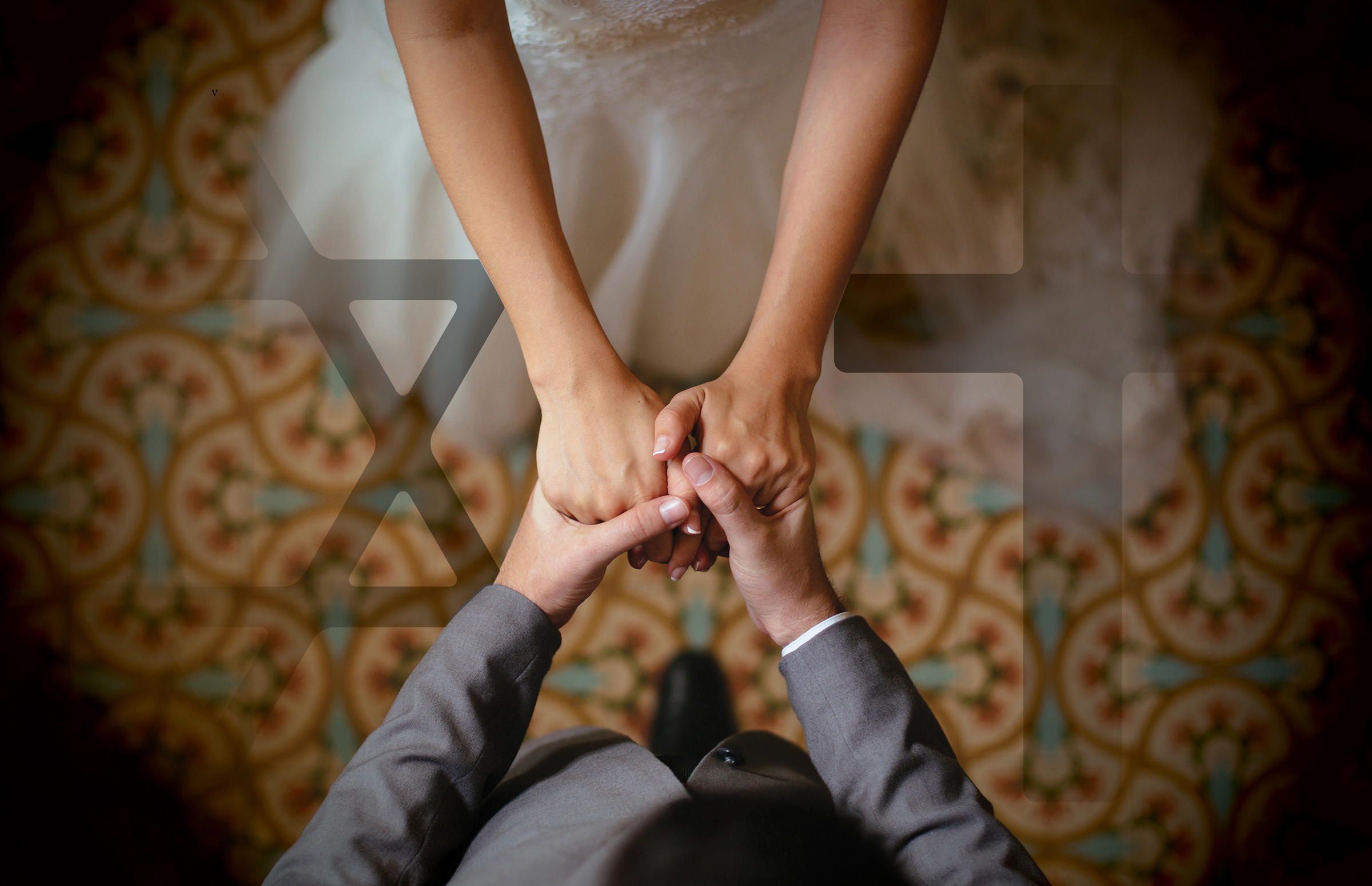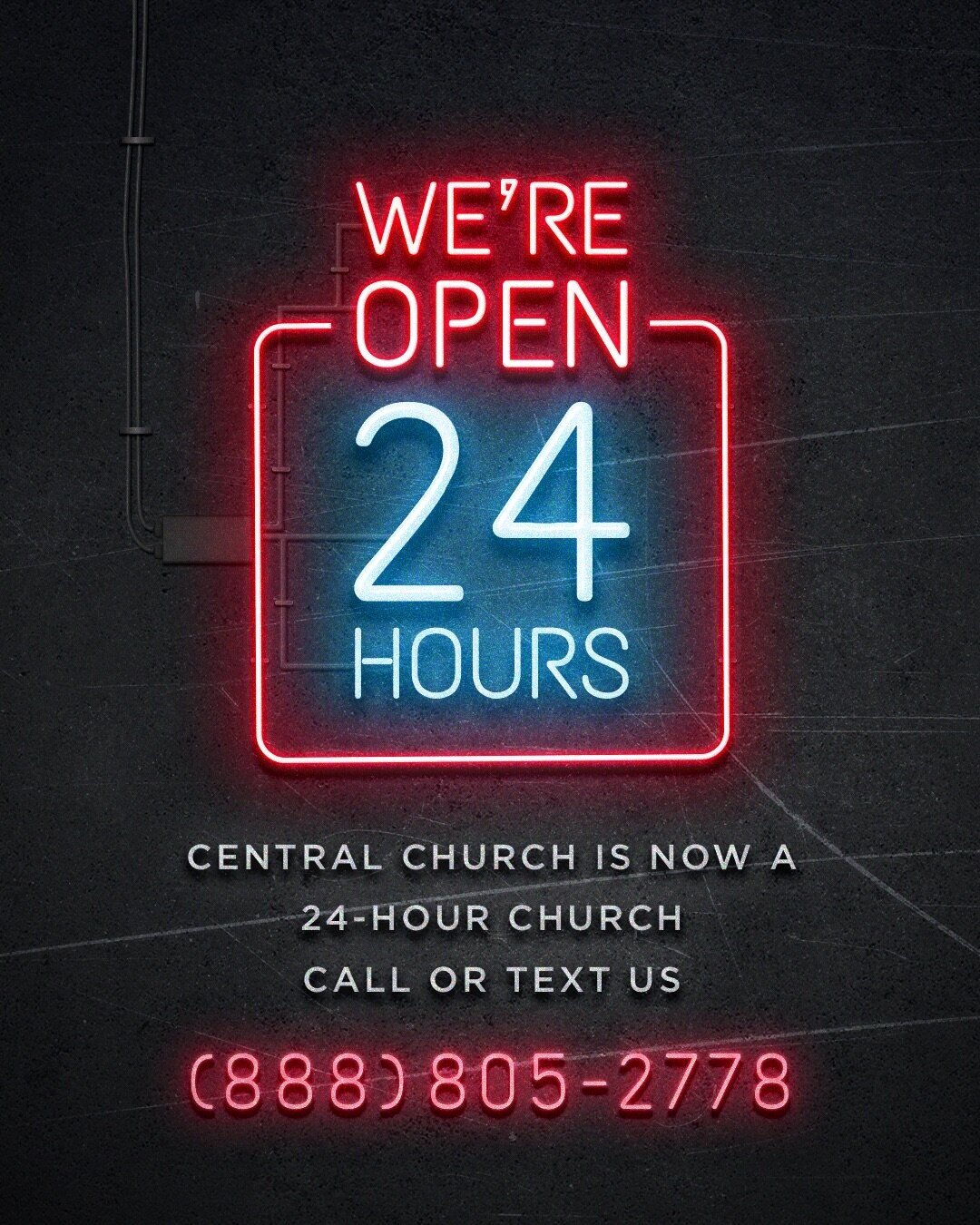How Many Churches Were Damaged On The Bohol 2013 Earthquake And How They Survived. On October 15, 2013, the island of Bohol, located in the Central Visayas region of the Philippines, was hit by a 7.2 magnitude earthquake. The quake caused significant damage to the island’s infrastructure and left thousands homeless. One of the most significant impacts of the earthquake was on the island’s religious heritage, as many of the historic churches, which had been standing for centuries, were damaged or destroyed. This article will explore how many churches were damaged in the Bohol 2013 earthquake.
Historical significance of Bohol’s churches:
Bohol is renowned for its historic churches, which are some of the oldest in the Philippines. The churches were built during the Spanish colonial era, which lasted from the 16th to the 19th century. These structures have been recognized for their unique architectural style, which blends Spanish, Mexican, and native Filipino influences.
The churches in Bohol also hold significant cultural and religious value to the local community. They are not just places of worship but also serve as important landmarks and symbols of the island’s identity.
The extent of damage:
The earthquake that struck Bohol in 2013 caused significant damage to the island’s churches. Reports indicate that at least 10 churches were destroyed, and 8 were severely damaged. Many of the churches that sustained damage were included on the list of National Cultural Treasures and National Historical Landmarks.
Among the most affected were the Baclayon Church, which is one of the oldest stone churches in the Philippines, and the Loboc Church, which had a 400-year-old convent. The historic churches of Loon, Maribojoc, and Dimiao were also severely damaged.
The aftermath:
In the aftermath of the earthquake, restoration efforts were launched to repair the damage to the churches. The National Museum of the Philippines led the restoration efforts, with the support of various government agencies and international organizations.
The restoration process was a challenging and time-consuming task, given the complexity of the structures and the limited resources available. Many of the churches had to be rebuilt from scratch, using traditional construction methods and materials.
Fortunately, the restoration efforts have been largely successful, and most of the churches have been restored to their former glory. The Baclayon Church, for example, was reopened to the public in 2017, after undergoing a 5-year restoration process.
Impact on the local community:
The damage to the churches caused by the Bohol 2013 earthquake was not just a loss of cultural heritage but also had a significant impact on the local community. Many of the churches served as centers of community life, hosting events such as weddings, baptisms, and other celebrations. The loss of these structures left a void in the community, and the restoration efforts were seen as a symbol of hope and resilience.
Tourism:
The historic churches in Bohol are also significant tourist attractions, drawing visitors from all over the world. The damage caused by the earthquake not only impacted the local community but also had a negative impact on the island’s tourism industry. The restoration efforts not only helped to preserve the cultural heritage but also helped to attract tourists back to the island.
Lessons learned:
The Bohol 2013 earthquake highlighted the vulnerability of historic structures to natural disasters. It also demonstrated the importance of preserving cultural heritage and the need for disaster preparedness plans to protect these structures. The restoration efforts served as a valuable lesson for future restoration and preservation projects.
The role of technology in restoration efforts:
The restoration efforts following the Bohol 2013 earthquake were aided by the use of technology. 3D scanning and imaging technology were used to create detailed digital models of the damaged churches. These models were used to guide the restoration process and to ensure that the restored structures closely matched the original designs. This technology also helped to minimize the risk of errors and to ensure the safety of workers during the restoration process.
Challenges faced during restoration:
The restoration process was not without its challenges. One of the biggest challenges was the availability of resources. The restoration efforts were largely funded by the government and international organizations, but the resources were still limited. The restoration process was also complicated by the complexity of the structures and the need to use traditional construction methods and materials.
The importance of community involvement:
The restoration efforts were successful in large part due to the involvement of the local community. Community members were involved in various aspects of the restoration process, including fundraising, volunteer work, and providing input on the design and restoration plans. This community involvement helped to ensure that the restored structures were culturally appropriate and respected the local traditions.
The impact of the restored churches:
The restoration efforts have had a positive impact on the local community and the tourism industry. The restored churches have once again become centers of community life and are hosting various cultural events. The churches are also significant tourist attractions, drawing visitors from all over the world. The restored churches serve as a reminder of the island’s rich cultural heritage and are a source of pride for the local community.
See Also;
How Many Churches Are in Texas
Prayer For Natural Disaster Victims
Conclusion ;
How Many Churches Were Damaged On The Bohol 2013 Earthquake
The restoration efforts following the Bohol 2013 earthquake were a testament to the resilience and determination of the local community. The use of technology, community involvement, and the support of government and international organizations were key to the success of the restoration process. The restored churches serve as a reminder of the island’s rich cultural heritage and are a source of pride for the local community. The lessons learned from this experience can be applied to future restoration and preservation projects, ensuring that important cultural landmarks are protected for future generations.






